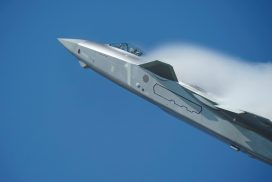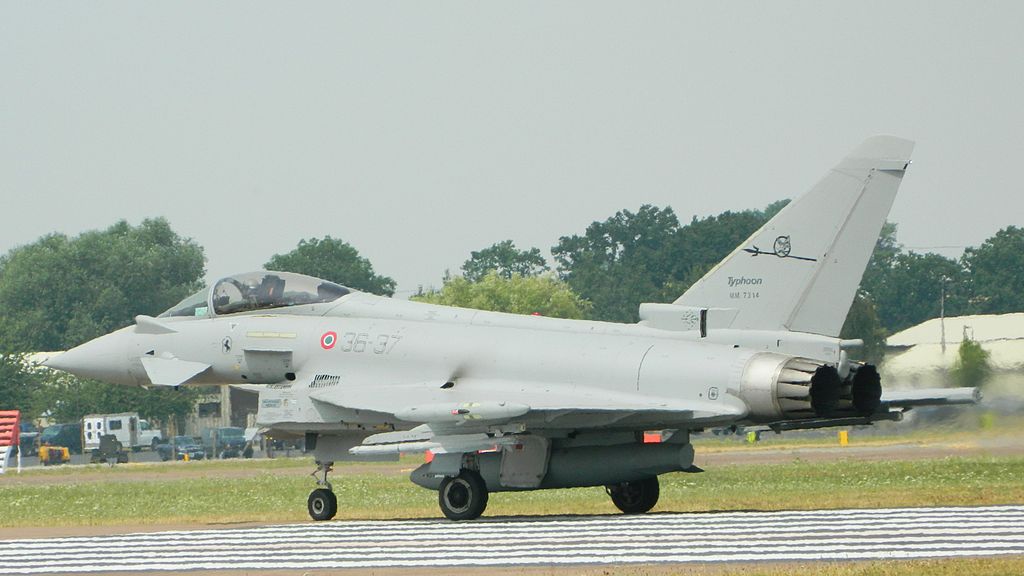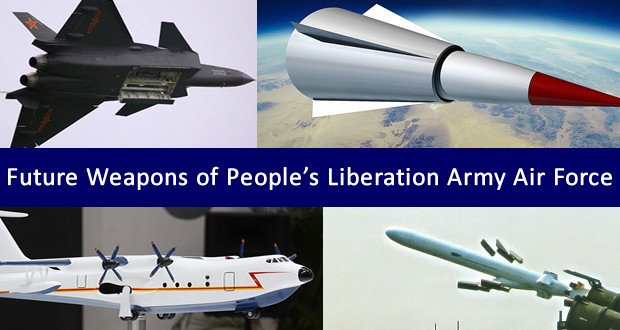a onblur=”try {parent.deselectBloggerImageGracefully();} catch(e) {}” href=”http://3.bp.blogspot.com/_RRbP6fpJWAc/SKO9PWcg_tI/AAAAAAAAAno/38lIQhO30es/s1600-h/1.jpg”img style=”margin: 0pt 10px 10px 0pt; float: left; cursor: pointer;” src=”http://3.bp.blogspot.com/_RRbP6fpJWAc/SKO9PWcg_tI/AAAAAAAAAno/38lIQhO30es/s320/1.jpg” alt=”” id=”BLOGGER_PHOTO_ID_5234235263355518674″ border=”0″ //aspan class=”maintext_large”Now that the F-22 Raptor arrival ceremonies are over and the anticipation of the arrival has subsided, Airmen here are on an aggressive training schedule to prepare them for combat operations.br /br /As part of that training, members of the 49th Aircraft Maintenance Squadron and 49th Logistics Readiness Squadron’s fuels management flight recently began hot refuel or hot pit training on an F-22 here./spanbr /br /span class=”maintext_large”The training is an ongoing initiative to get Airmen familiar with how to refuel the F-22 while the engines are still running, thus decreasing refueling time by more than half.br /br /Currently, Holloman instructors conduct hot refuel training twice weekly in what is referred to as ‘one go one.’ This means the pilot lands the aircraft after a flight, the jet gets refueled, the pilot takes off and lands, and the aircraft is fueled again, then parked.br /br /During normal refueling operations, the pilot lands the aircraft and parks and the engines are given the chance to cool. The pilot then exits the aircraft and the refueling t/spanspan class=”maintext_large”eam is called.br /br /”Hot refuels are used primarily in combat situations,” said Tech. Sgt. James Henderson, 49th LRS non-commissioned officer in charge of mobile distribution. “When the aircrafts land, (the pilots) don’t have to take time to shut down.”br /br /Other than the change in engine status, there are many other differences between a normal refueling operation and a hot refuel, which are due mainly to the heightened possibility of a fire occurring./spanbr /span class=”maintext_large”br /”We’re on scene earlier,” Sergeant Henderson said. “The whole team, to include maintainers and refueling operators, are on scene at least an hour before the aircraft is down.”br //spana onblur=”try {parent.deselectBloggerImageGracefully();} catch(e) {}” href=”http://3.bp.blogspot.com/_RRbP6fpJWAc/SKO9UMD9bEI/AAAAAAAAAnw/8ld9vaRXo08/s1600-h/080723-F-5717S-463.jpg”img style=”margin: 0pt 0pt 10px 10px; float: right; cursor: pointer;” src=”http://3.bp.blogspot.com/_RRbP6fpJWAc/SKO9UMD9bEI/AAAAAAAAAnw/8ld9vaRXo08/s320/080723-F-5717S-463.jpg” alt=”” id=”BLOGGER_PHOTO_ID_5234235346467515458″ border=”0″ //abr /span class=”maintext_large”The crew also has a meeting beforehand to discuss operations and to let every/spanspan class=”maintext_large”one know where to find safety equipment and where to meet if something goes wrong, he added./spanbr /span class=”maintext_large”br /Also, during a normal refueling operation, the refueling unit operator controls the “dead man,” which is the trigger used to start and stop the flow of fuel entering the aircraft. During a hot refuel, the crew chief handles the dead man because he or she is in direct communication with the pilot.br //spanbr /span class=”maintext_large””We don’t have radio contact with the pilot but the main crew chief does,” said Staff Sgt. Erin Palmer, 49 LRS NCOIC of fuels facilities. “If something were to happen on the pilot’s gauges, he could relay that via radio to the crew chief.”br /br /”If something goes wrong, the response time is a lot quicker,” Sergeant Henderson said. “If you let go of the dead man, fuel flow is stopped in less than 30 seconds.”br /br /According to Sergeant Henderson, the /spanspan class=”maintext_large”goal for the training is to get every member of fuels management qualified and able to execute a hot refueling. This is important because it gives the younger Airmen hot pit experience that can be used during deployment.br /br /Due to the safety risks, each Airman is properly prepared before he or she steps on site for a hot refuel.br /br /”Because the hands-on training means you’re already entering the danger zone, we do pre-training ahead of time,” he said.br /br /But training personnel is only one end of the spec/spana onblur=”try {parent.deselectBloggerImageGracefully();} catch(e) {}” href=”http://4.bp.blogspot.com/_RRbP6fpJWAc/SKO9sih4QPI/AAAAAAAAAn4/oF_XCvsmKTs/s1600-h/3.jpg”img style=”margin: 0pt 10px 10px 0pt; float: left; cursor: pointer;” src=”http://4.bp.blogspot.com/_RRbP6fpJWAc/SKO9sih4QPI/AAAAAAAAAn4/oF_XCvsmKTs/s320/3.jpg” alt=”” id=”BLOGGER_PHOTO_ID_5234235764815446258″ border=”0″ //aspan class=”maintext_large”trum as far as hot refuel readiness goes.br /br /”Before we can even refuel, the site and truck being used have to be certified by the MAJCOM,” Sergeant Henderson said. “They have to meet certain criteria.”br /br /The site is chosen based on size, aircraft accessibility and truck accessibility.br /br /Out of the fleet of refueling trucks, fewer than half are hot-pit qualified but this isn’t stopping the fuels management flight and aircraft maintenance squadron from going forth.br /br /”We’re not waiting,” he said. “We’re getting the personnel spun up now so when the squadron of aircraft comes on scene, we’re ready to go full tilt.”br /br /Source: a href=”http://www.af.mil/news/story.asp?storyID=123110279″USAF/abr //span
Menu
Copyright © 2007- 2025 • Defence Aviation • All Rights Reserved. Reproduction without explicit permission is prohibited.



